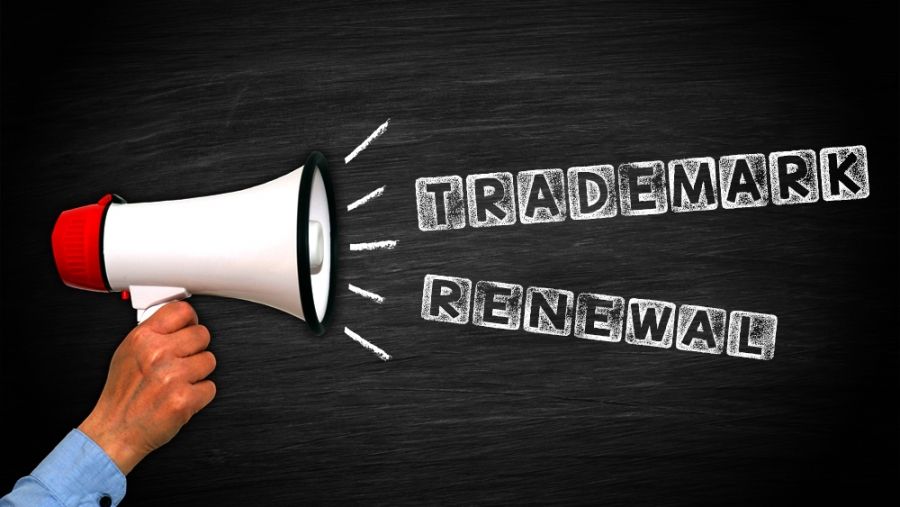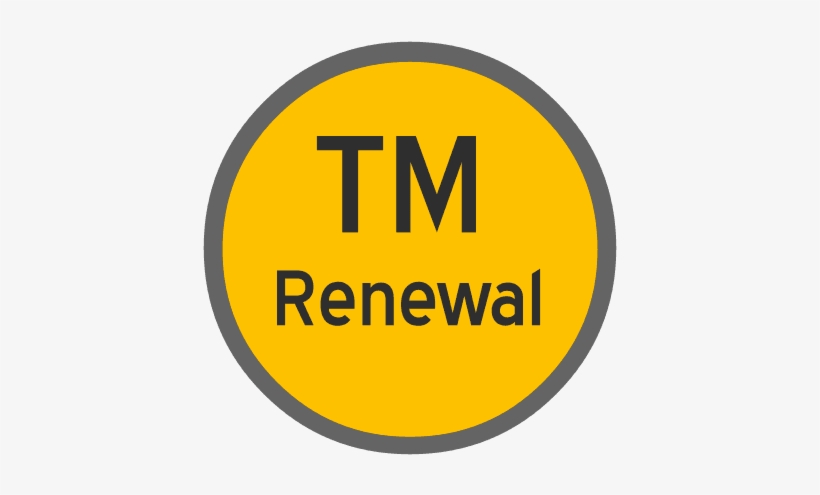
Introduction
Registering a trademark business name is a critical step in protecting your brand, but securing a trademark is not a one-time process. Trademarks must be renewed periodically to maintain exclusive rights and legal protection.
Failing to renew your trademark can result in its cancellation, allowing competitors to claim and use your brand name or logo. Understanding the renewal process, deadlines, and legal requirements is essential for keeping your trademark brand name active and protected.
In this guide, we’ll explain when and how to renew your trademark, the consequences of missing renewal deadlines, and best practices for ensuring long-term brand security.
1. Why Is Trademark Renewal Important?
A trademark renewal is necessary to maintain exclusive ownership and enforceability. If a trademark expires, your legal rights are no longer valid, and other businesses may claim or register the same name.
Key reasons why trademark renewal is important:
- Prevents Loss of Legal Protection – Expired trademarks become available for public use.
- Maintains Brand Identity – Ensures continued brand recognition and trust among customers.
- Avoids Costly Rebranding – Losing a trademark may force a business to change its name, logo, and branding.
- Ensures Legal Action Rights – Only active trademarks can be legally enforced against infringers.
A lapse in renewal can put your entire brand at risk.
2. When Should You Renew Your Trademark?
The United States Patent and Trademark Office (USPTO) requires trademark holders to renew their trademarks at specific intervals:
- First Renewal: Between the 5th and 6th year after registration.
- Second Renewal: Between the 9th and 10th year after registration.
- Every 10 Years Thereafter: Trademarks must be renewed every 10 years indefinitely.
Missing a renewal deadline may result in trademark cancellation, requiring a new trademark application.
3. How to Renew a Trademark
To keep your trademark business name protected, follow these step-by-step renewal procedures:
Step 1: Confirm Your Trademark Renewal Deadline
- Check your USPTO registration certificate to find the initial registration date.
- Set reminders for renewal deadlines to avoid missing key dates.
Step 2: Submit a Section 8 Declaration (5th-6th Year)
Between the 5th and 6th year, businesses must file a Section 8 Declaration of Use to confirm that the trademark is actively used in commerce.
Required Documents:
✔ Proof of active trademark use (e.g., product packaging, website screenshots).
✔ A sworn statement confirming the trademark is still in use.

Step 3: Submit a Section 9 Renewal (9th-10th Year and Every 10 Years)
Between the 9th and 10th year, businesses must file:
✔ Section 8 Declaration of Use (again)
✔ Section 9 Renewal Application (to extend legal protection for another 10 years)
This renewal must be repeated every 10 years to keep the trademark brand name legally valid.
Step 4: Pay the Required USPTO Fees
The USPTO charges renewal fees based on the number of classes your trademark is registered under. Failing to pay on time may lead to trademark cancellation.
Step 5: Wait for USPTO Approval
Once submitted, the USPTO reviews the renewal application. If everything is in order, your trademark renewal is approved, and your brand remains protected.
4. What Happens If You Miss a Trademark Renewal Deadline?
If you miss a deadline, your trademark may become "dead" or "abandoned", leading to serious consequences:
- Loss of Exclusive Rights – Competitors can legally register the same or a similar brand name.
- Rebranding Costs – Businesses may need to create a new logo, name, website, and marketing materials.
- Legal Vulnerabilities – Inactive trademarks cannot be enforced in court, making it harder to stop infringements.
However, the USPTO offers a grace period:
- 6-Month Grace Period: If you miss the renewal deadline, you can still renew within six months by paying an additional late fee.
- After 6 Months: If the grace period expires, you must file a new trademark application, which requires starting the process from scratch.
5. Best Practices to Ensure On-Time Trademark Renewal
A. Set Up Renewal Reminders
- Mark renewal dates on your business calendar.
- Use USPTO’s Trademark Status & Document Retrieval (TSDR) System to track your trademark status.scratch.
B. Keep Proper Trademark Usage Records
- Maintain evidence of active trademark use (e.g., advertising materials, product packaging, business invoices).
- This proof is essential for trademark renewal approval.
C. Hire a Trademark Attorney or Monitoring Service
- Professional trademark monitoring services track renewal deadlines and file applications on your behalf.
- Attorneys can handle complex filings and ensure full legal compliance.
D. Renew International Trademarks (If Applicable)
- International trademarks require separate renewals depending on the country’s regulations.
- Businesses using Madrid Protocol trademarks must comply with WIPO renewal deadlines.
6. Common Trademark Renewal Mistakes to Avoid
❌ Forgetting the first renewal at Year 5-6. Many businesses only remember the 10-year renewal and lose their trademark early.
❌ Failing to provide proof of use. The USPTO requires evidence that your trademark brand name is actively used in commerce.
❌ Assuming renewal is automatic. Unlike business licenses, trademarks must be manually renewed.
❌ Ignoring international renewal requirements. Trademark laws differ by country—each jurisdiction has its own renewal deadlines.
7. What If You Need to Make Changes During Renewal?
Businesses may need to update trademark details during the renewal process, such as:
✔ Changing the Business Owner Name – If ownership has changed, you must file an Ownership Transfer request.
✔ Modifying the Trademark Logo or Design – If your logo has changed, you may need to file a new trademark application instead of a renewal.
✔ Expanding to Additional Goods or Services – A new trademark application is required to cover additional product categories.
Trademark renewals only maintain existing registrations—significant changes require new applications.
Conclusion
A trademark renewal is necessary to keep your brand legally protected. If you fail to renew, your trademark business name may be canceled, forcing you to rebrand or risk losing ownership of your brand identity.
To avoid these risks, businesses should:
✔ Track renewal deadlines and set reminders.
✔ File renewal applications on time (at Year 5-6 and Year 9-10).
✔ Maintain proof of active trademark use to meet USPTO requirements.
✔ Use professional trademark monitoring services to ensure compliance.
By following these steps, businesses can secure long-term trademark protection and prevent legal disputes or brand confusion. If your trademark renewal deadline is approaching, take action now to safeguard your brand.